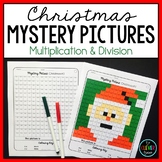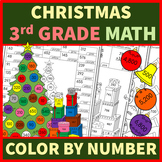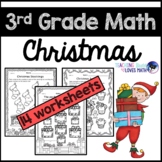3rd grade math resources
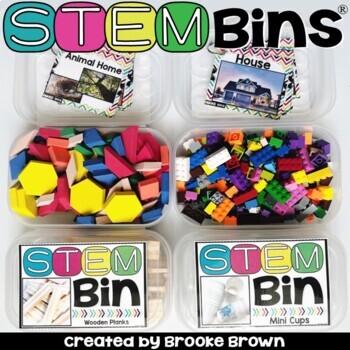
STEM Bins® / STEAM Bins® Elementary STEM Activities: Morning Work,Fast Finishers
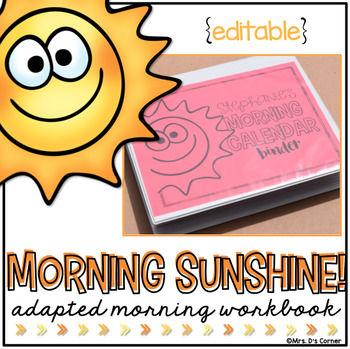
Morning Adapted Work Binder® (for Special Needs) | Adapted Morning Work

Monsters Lines of Symmetry Drawing Activity - Math Art Center or Early Finisher

Addition & Subtraction Coloring Pages - Winter & Christmas Math Art Activity
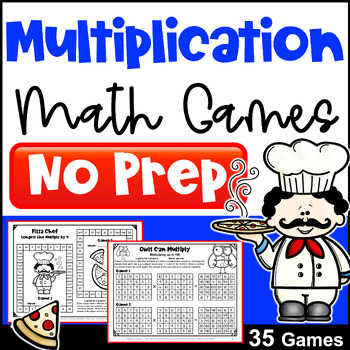
35 NO PREP Multiplication Math Games for Multiplication Practice & Fact Fluency
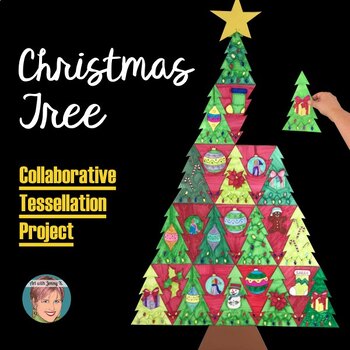
Tessellation Christmas Tree | Collaborative Christmas Activity and Class Craft!
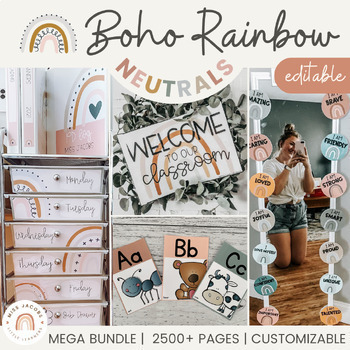
Modern BOHO RAINBOW Calm Classroom Decor Bundle | Neutral Rainbow EDITABLE!
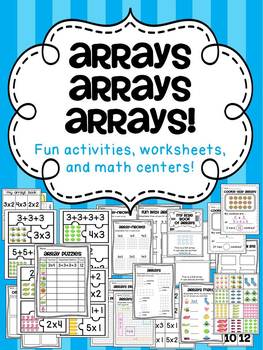
Arrays Arrays Arrays! (Including Multiplication as Repeated Addition Worksheets)
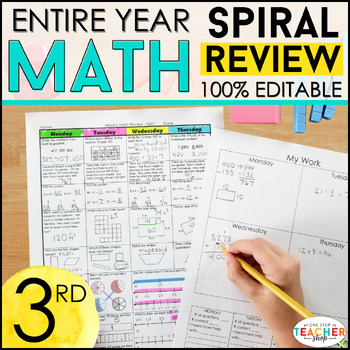
3rd Grade Math Spiral Review - Morning Work, Math Homework, or Warm Ups BUNDLE
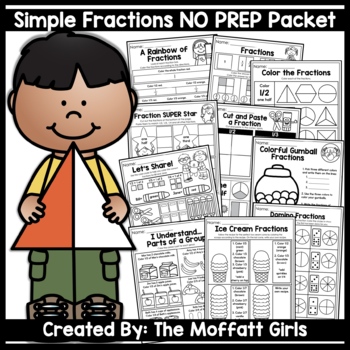
Simple Fractions NO PREP Packet | Math
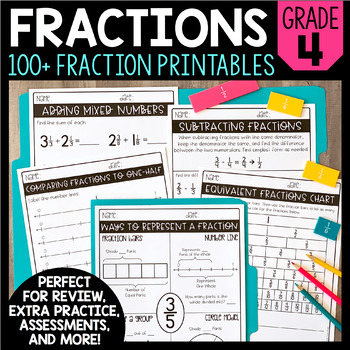
Fraction Activities - Fraction Unit - Printable Worksheets - Lessons Assessments
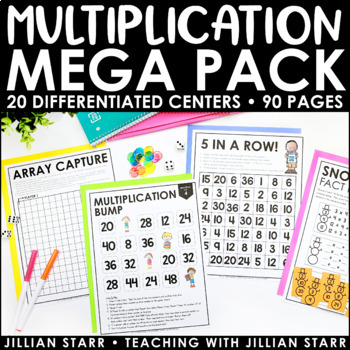
Multiplication Centers - Activities and Games to Practice Math Facts
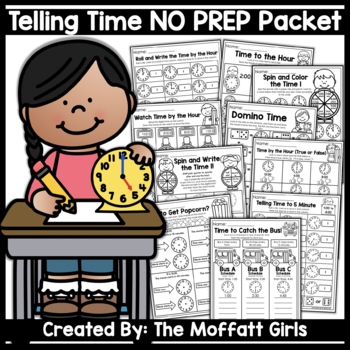
Telling Time NO PREP Packet | Math
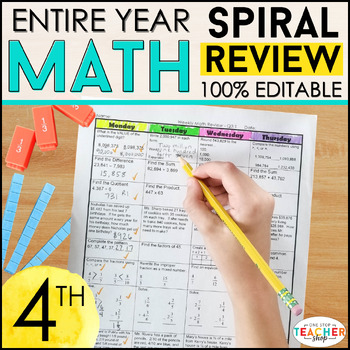
4th Grade Math Spiral Review - Morning Work, Math Homework, or Warm Ups BUNDLE
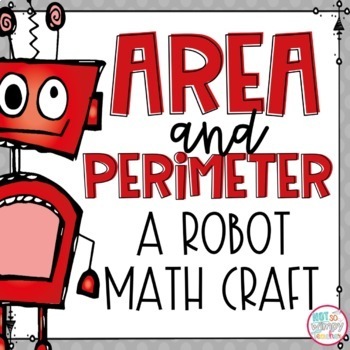
Area and Perimeter Robot Craft
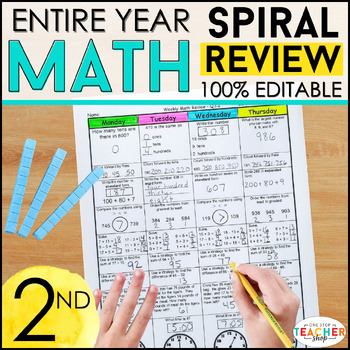
2nd Grade Math Spiral Review - Morning Work, Math Homework, or Warm Ups BUNDLE
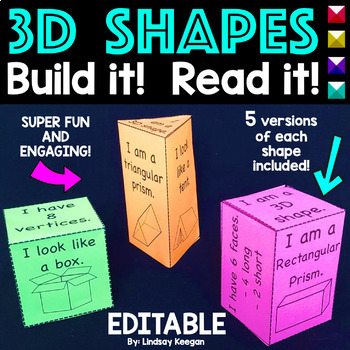
Building 3D Shapes Nets Craft Activity EDITABLE Geometry Math Project
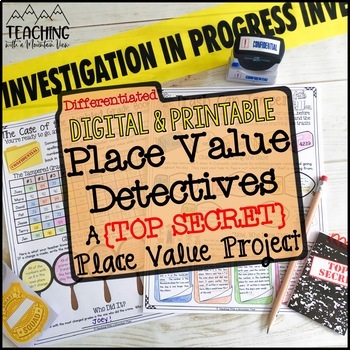
Place Value Math Project
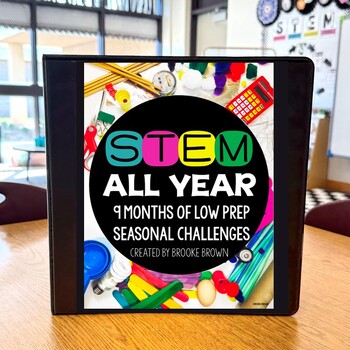
STEM CHALLENGES for ENTIRE YEAR: Christmas & Winter Elementary STEM Activities
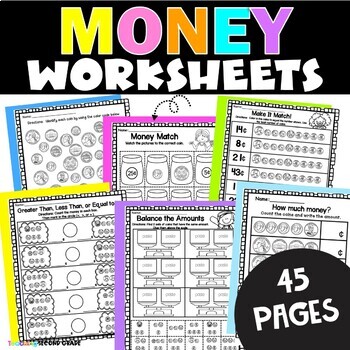
Money Worksheets Counting Coins Activities 1st 2nd Grade Identify Morning Work

Multiplication Station for Basic Multiplication Facts Times Table Practice
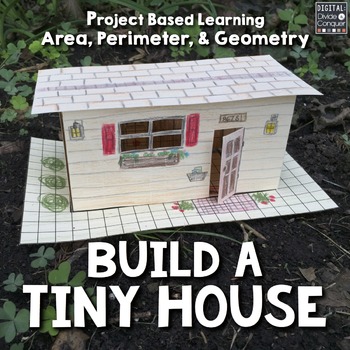
Build A Tiny House! Project Based Learning for Geometry and Math
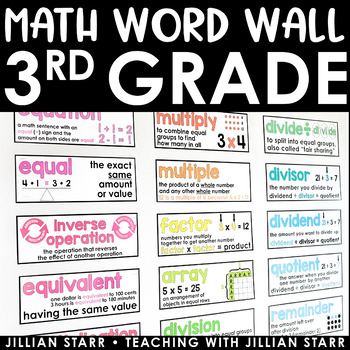
Math Word Wall 3rd Grade - Vocabulary Cards
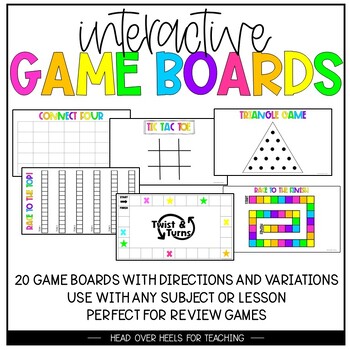
Interactive Game Boards | Boost Engagement With Any Lesson
Find lessons for 3rd grade math | TPT
Importance of learning math skills in 3rd grade
It's no secret that mathematics is a foundational subject for students to learn. Since it forms the basis for many other subjects — like science, engineering, and technology — it's essential that kids develop strong math skills from a young age as it makes them more likely to succeed in other courses in the future.
Benefits of learning 3rd grade math
Learning math in 3rd grade has many benefits. It helps students:
- Begin to develop problem-solving, logical reasoning, and critical-thinking skills
- Grow their understanding of numbers and basic operations
- Understand how math is used in real-life situations
By ensuring that children have a solid foundation, teachers can help set them up for future success
The key concepts for 3rd grade math
Third grade math is an essential component of a child's education, as students will build upon these concepts and skills in subsequent grades. Third grade math covers a wide range of topics, from basic arithmetic to more complex concepts like fractions.
Addition and Subtraction
In 3rd grade, children are expected to build upon and practice the knowledge they learned in the 1st and 2nd grades about addition and subtraction. As 3rd graders, they'll focus on learning how to add and subtract two and three digit numbers.
Multiplication and Division
In 3rd grade, students will start to learn how to multiply and divide numbers up to 100, and begin to learn about the relationship between multiplication and division.
Fractions
Children in 3rd grade will also learn about fractions including how to compare, order, and add and subtract fractions with like denominators.
Geometry
In 3rd grade, students will learn about two-dimensional and three-dimensional shapes, and be taught how to solve for a shape's perimeter, area, and/or volume. They'll also learn to identify lines of symmetry in shapes and understand basic transformations like reflection and rotation.
Measurement and Data
Measurement and data are another key concept students will explore in 3rd grade. They'll learn to measure the length, weight, and volume of objects using inches, pounds, and gallons. They'll also learn to interpret and create basic graphs and charts.
Common challenges students face in 3rd grade math
This grade can be challenging for some students. Common challenges include:
- Difficulty understanding basic math facts
- Trouble with memorizing multiplication tables
- Difficulty with word problems
- Lack of confidence in math abilities
How to find 3rd grade math resources
Educators can save time preparing math lessons with resources created by experienced teachers. Simply search the TPT marketplace for "3rd grade math," and filter by grade level, price, and/or resource type to find print and digital materials that've been proven to work in classrooms around the country. No matter what you’re teaching, there are plenty of math worksheets, lessons, and activities sold by Sellers on TPT that are tailored to meet your students' skill levels.
Frequently asked questions
What types of math resources are available on TPT?
There are many different types of math worksheets, lessons, and activities sold by Sellers on TPT. Some popular math worksheets and resources can be found on topics like: addition and subtraction, multiplication and division, place value, geometry, measurement, fractions, and much more.
What are some good resources for practicing 3rd grade math?
Websites like TPT offer free and paid resources for practicing 3rd grade math.
Why is 3rd grade math important?
Math in 3rd is important because students learn the foundational knowledge they need for future academic success. Additionally, they'll learn the key concepts and skills that are necessary for solving more complex math problems in the future.
What are some common challenges in 3rd grade math?
Common challenges in 3rd grade math include difficulty with basic math facts, struggles with word problems, trouble with memorization, and lack of confidence in math abilities.
How can teachers effectively teach 3rd grade math?
Teachers can effectively teach 3rd graders by providing plenty of opportunities for practice, encouraging student collaboration, making teaching math fun and engaging, and providing regular feedback and recognition.
What are some key concepts taught in 3rd grade math?
Some key concepts taught to 3rd grade students include multiplication and division, fractions, geometry, measurement, and data.
How can I help my students overcome math anxiety?
You can help students overcome math anxiety by providing a supportive and positive environment, breaking down math concepts into manageable chunks, and using real-world examples.
What should I do if my child is struggling with a specific math concept?
If your child is struggling with a specific math concept, you can provide extra support and resources such as worksheets, tutoring, or online educational tools.
Sometimes, visual aids like charts, graphs, and manipulatives can help children understand abstract concepts better. The use of visuals can help explain math concepts to kids and better engage them in their learning.
How can I make math fun for students?
Children learn best when they're engaged! Sprinkle a little fun into your math lessons by using games, videos, puzzles, and real-life scenarios. If a child in your class seems to find math boring or uninteresting, you can also try connecting it to their interests or hobbies.



